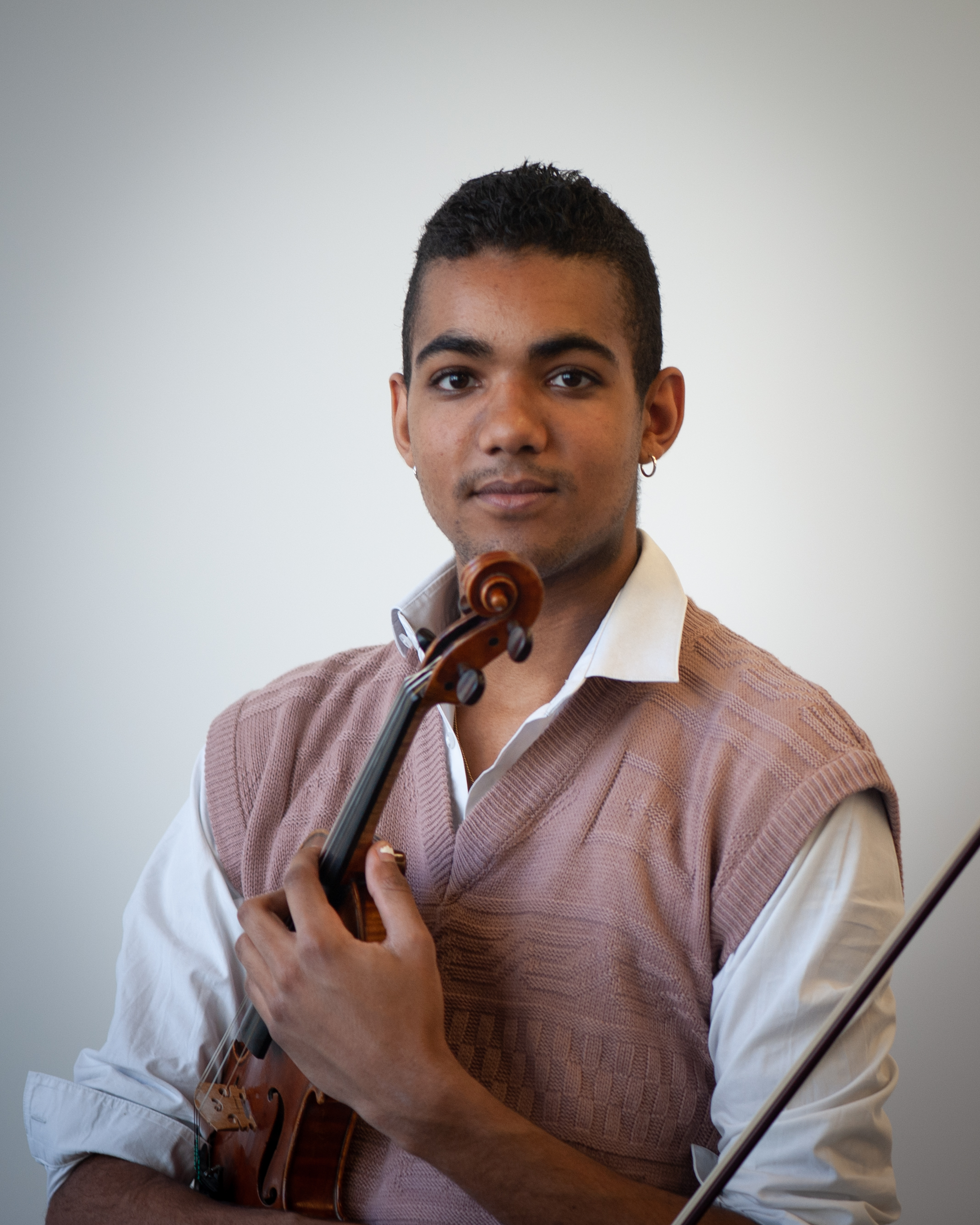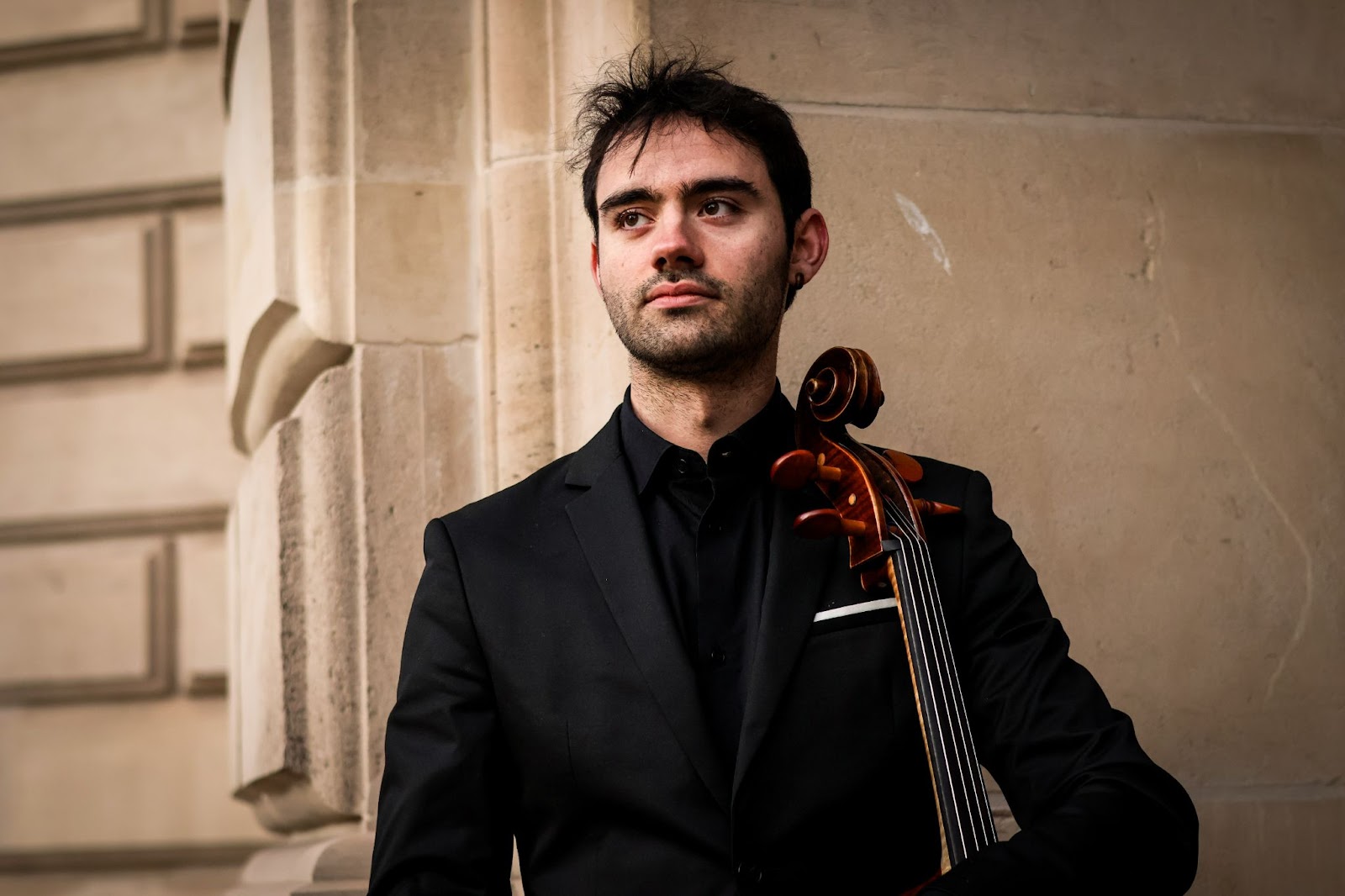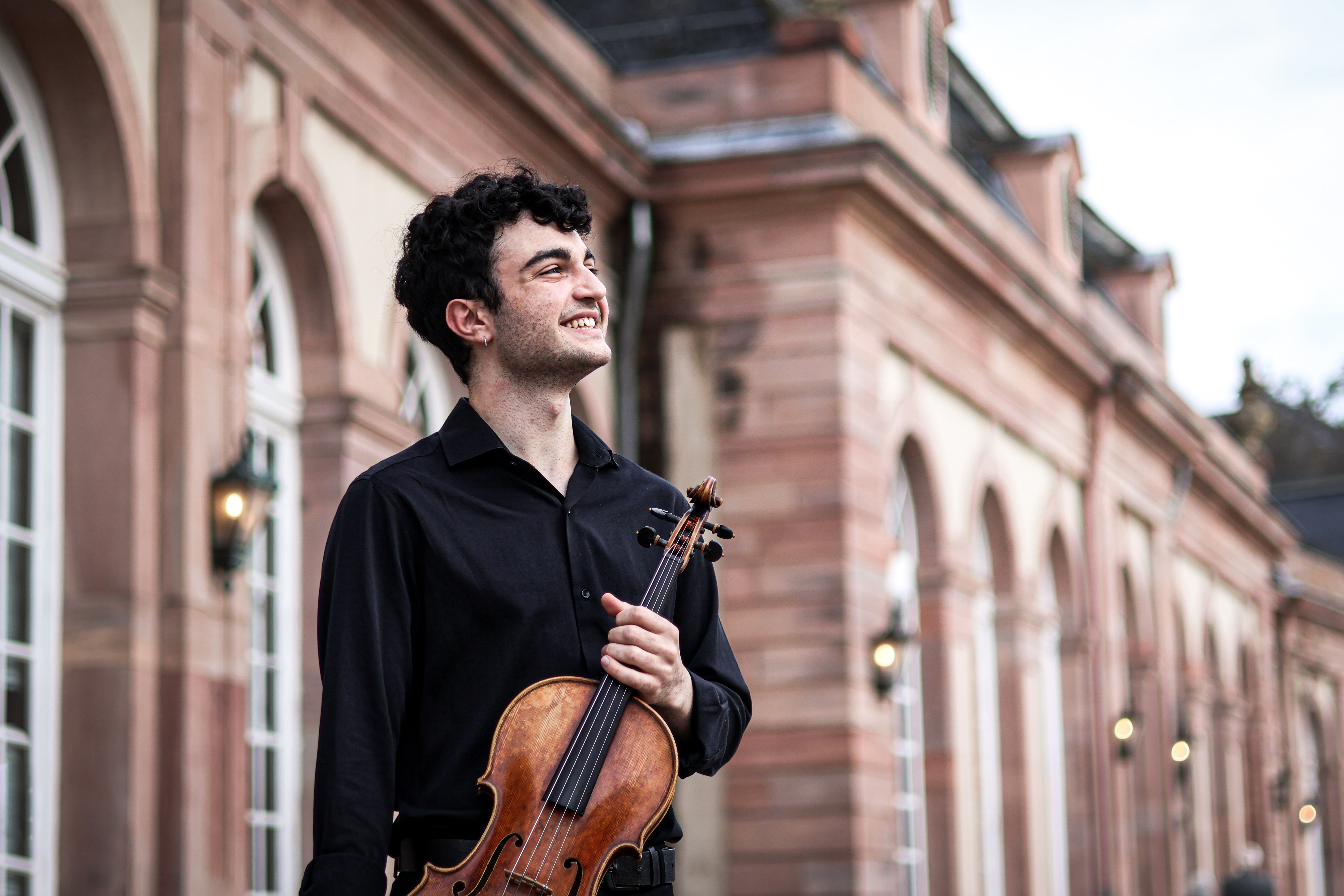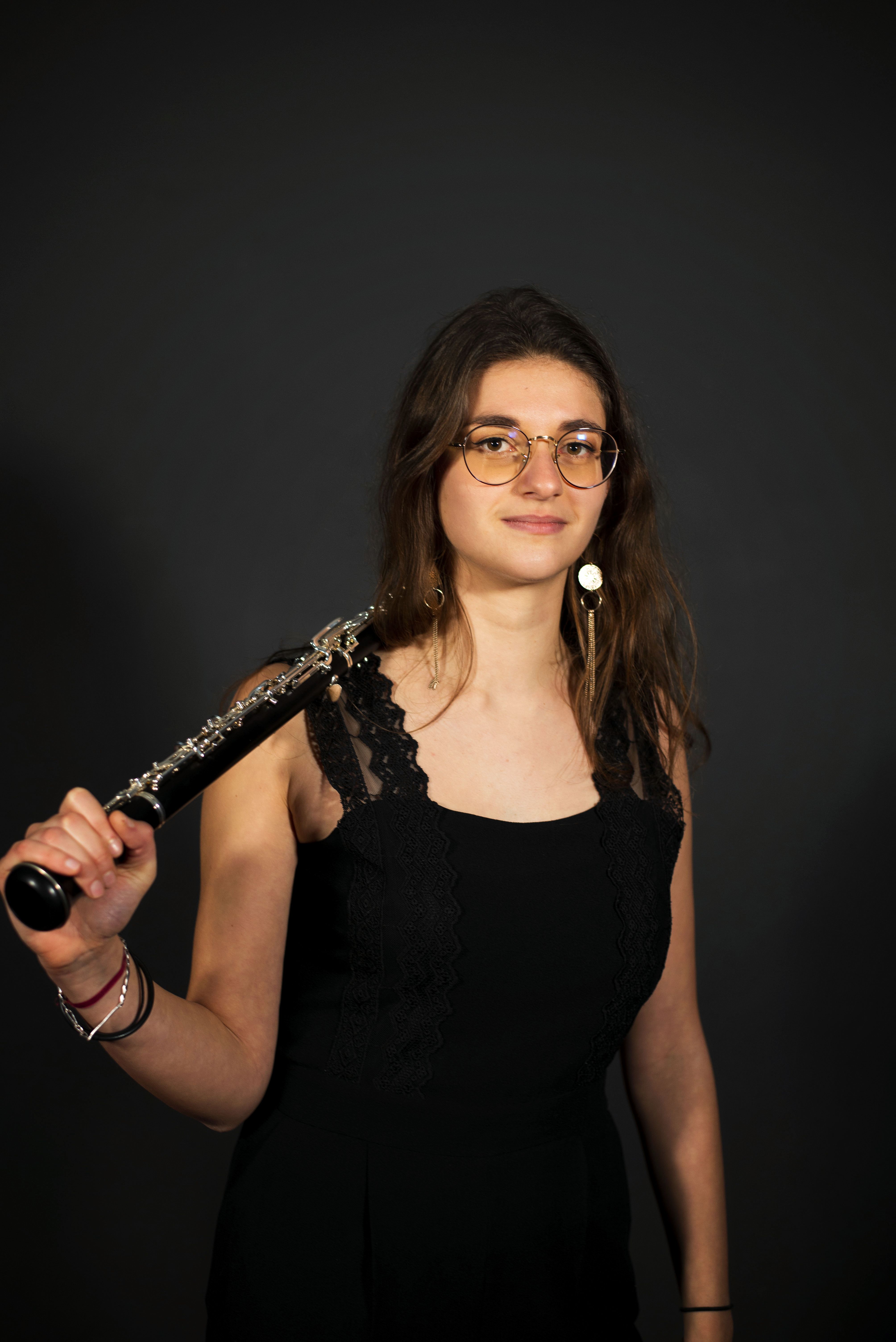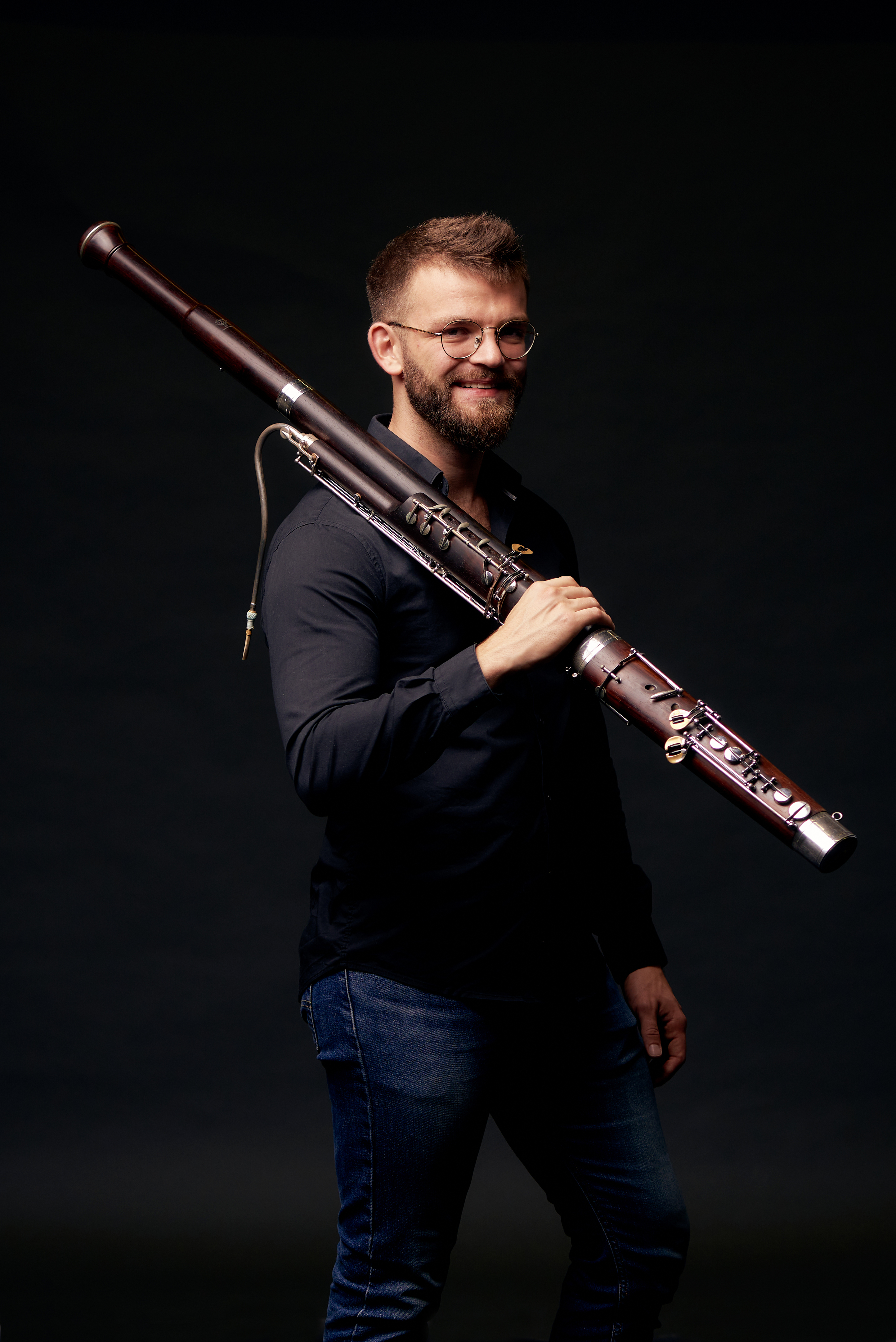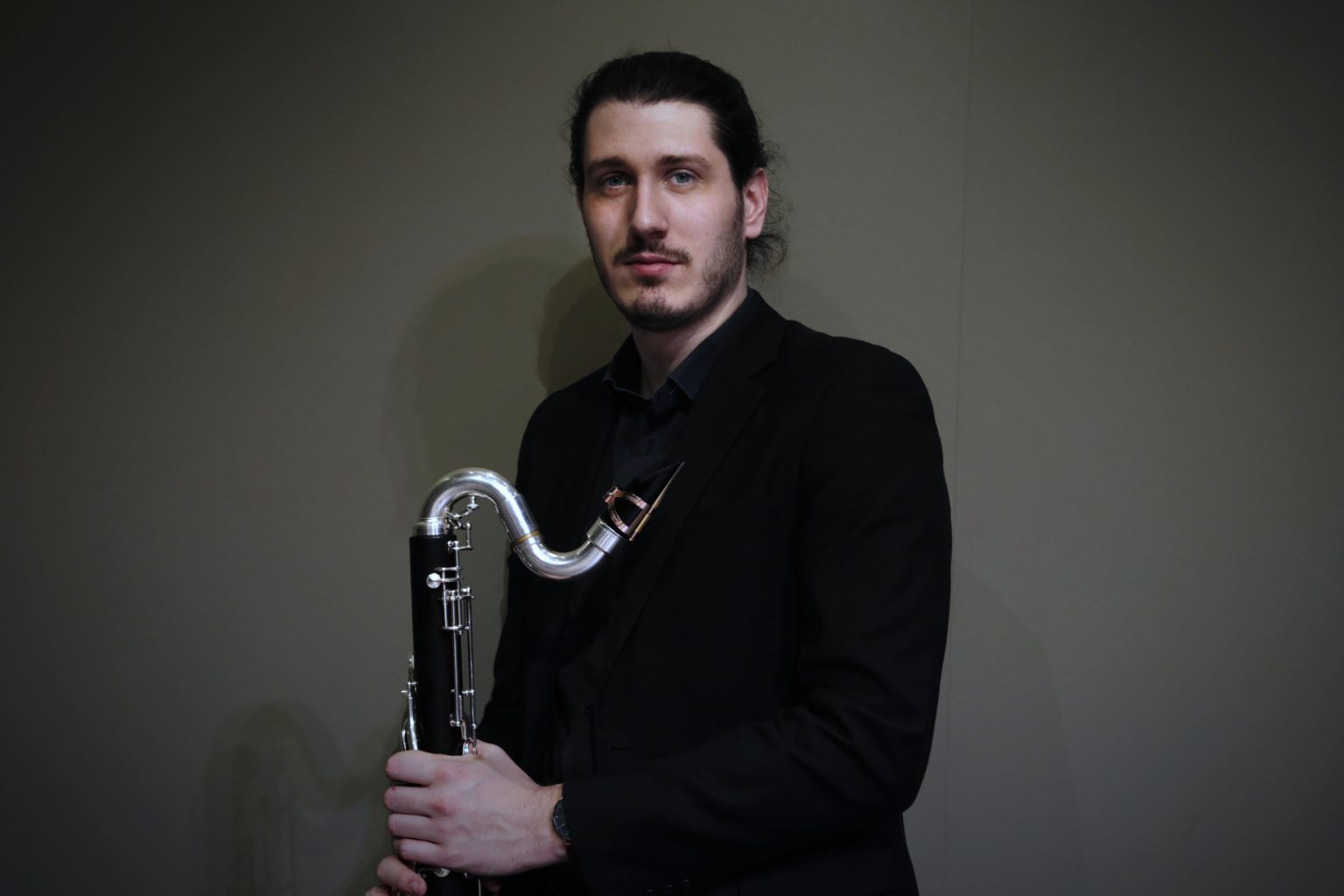Concert in Trio
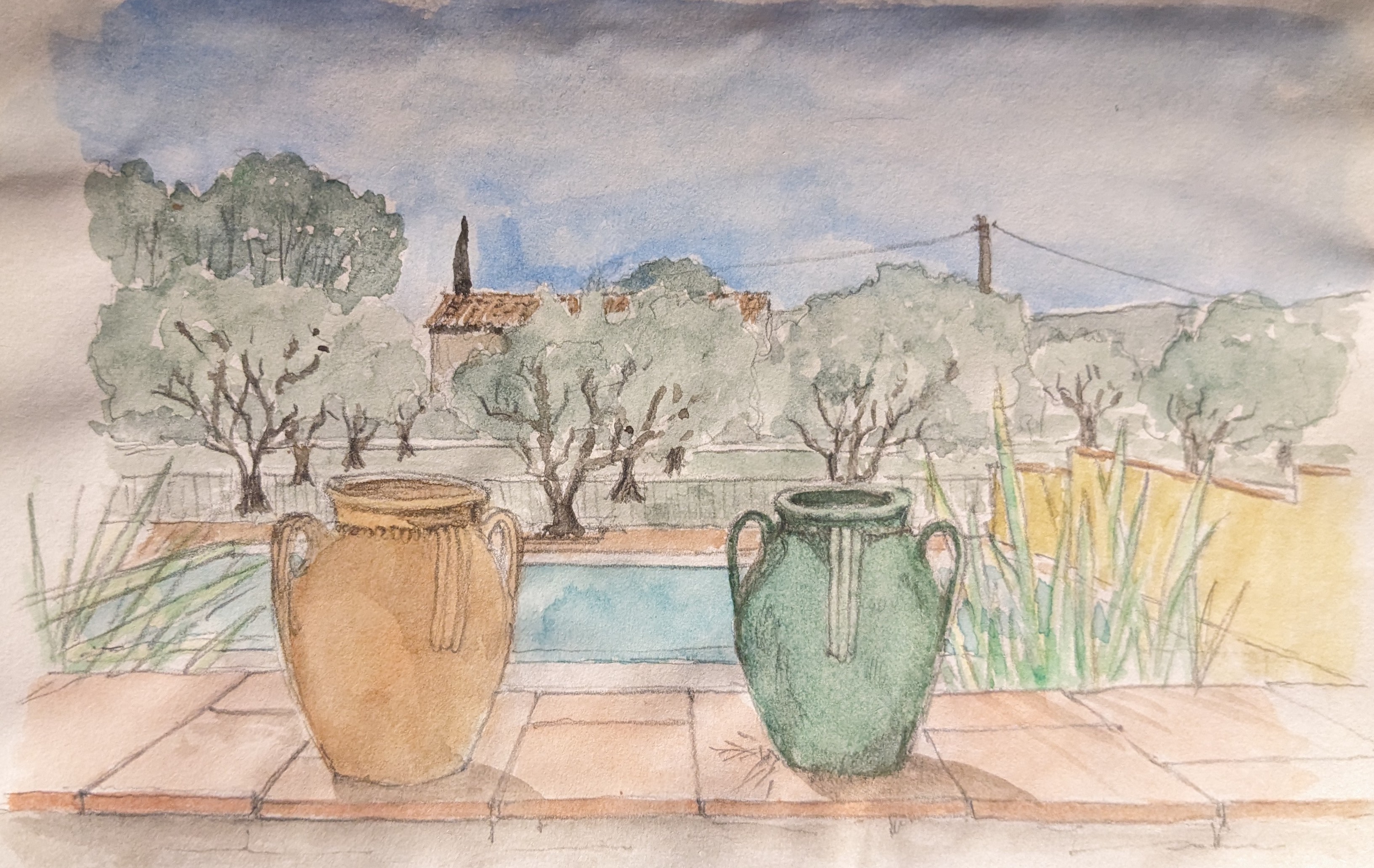
Tuesday 5 August 2025 – 9 PM
Aiguines
This concert takes you to the heights of Aiguines, with a magnificent view of the Lac de Sainte-Croix. There are two trio formations, woodwinds on one side and strings on the other, featuring works by Jean Françaix, Franz Schubert, Jacques Ibert, Henri Tomasi and Charles Huguenin.
The reed trio is typical of twentieth-century French music, thanks to the creation of the Trio d'Anches de Paris, which inspired many composers (Ibert, Mihaud, Roussel, Martinu, Tomasi, Françaix, etc.). The sudden interest in this ensemble is also closely linked to publisher Louise Hanson-Dyer's passion for the Trio d'Anches. She commissioned a number of composers to add to the trio's meagre repertoire.
Mozart's Trio K439b was originally written for three basset horns, an instrument in the clarinet family. As this instrument is not easy to find, the trio was for a long time performed by two clarinets and a bassoon. Today it is also regularly performed as a reed trio, with an oboe, a clarinet and a bassoon.
The programme is rounded off by a string trio, a formation that is unfortunately all too often overshadowed by the string quartet. This work, still in Franz Schubert's very classical period, is unfinished, as is the Austrian composer's well-known symphony. In just two movements, Schubert manages to express his full range of emotions, from joy and lightness to burgeoning romantic torment, before ending with a sublime, but all too brief, slow movement of enveloping gentleness.
Programme
Wolfgang Amadeus Mozart
Divertimento for oboe, clarinet and bassoon in B flat Major, K439b n°1
Franz Schubert
String trio in B flat Major, D471
Henri Tomasi
Concert Champêtre for oboe, clarinet and bassoon
Huguenin
Trio for oboe, clarinet and bassoon, Opus 30 n°1
Jacques Ibert
Five pieces in trio for oboe, clarinet and bassoon
Jean Françaix
Divertissement for oboe, clarinet and bassoon
